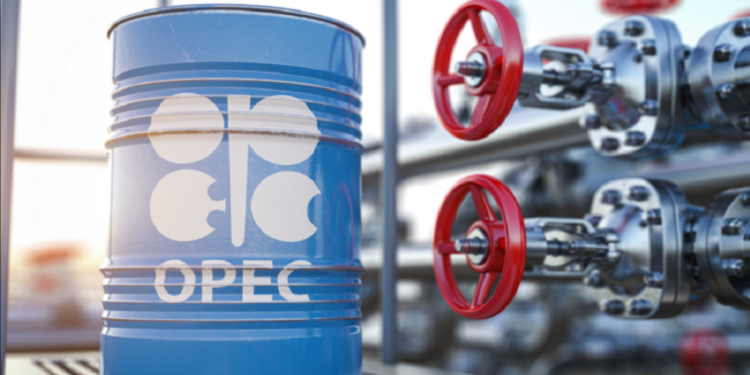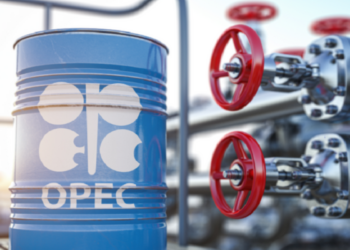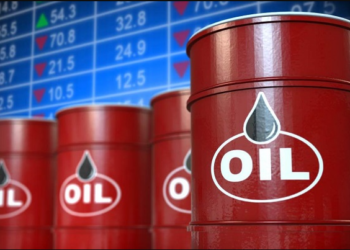The Organization of the Petroleum Exporting Countries (OPEC) has forecast global oil demand growth rate at 1.4 million barrels per day (mb/d) in 2025, with a similar growth rate expected in 2026.
In its latest monthly report for January 2025, released on Wednesday, the organisation projected a robust global economic expansion and healthy oil demand growth for 2025 and 2026.
According to the report, demand in the region of the Organisation for Economic Cooperation and Development (OECD) is expected to grow by 0.1 mb/d, while the non-OECD region is expected to drive demand growth by accounting for 1.3 mb/d of the total increase in both 2025 and 2026.
“On a regional basis, OECD oil demand is forecast to expand by around 0.1 mb/d, y-o-y, entirely from the Americas, while non-OECD oil demand is expected to witness growth of around 1.3 mb/d, mostly in India, China, Other Asia, the Middle East, and Latin America.”
Based on World Economic Growth
Among other factors, the growth projection is hinged on an anticipated growth in the global economy which is expected to grow by 3.1% in 2025 and 3.2% in 2026.
- OPEC noted that the expected growth in the world economy is to be driven by steady growth in major economies, including the US, Eurozone, and Japan.
- Non-OECD economies, particularly China and India, are also projected to sustain their robust growth, contributing significantly to global economic expansion.
“This outlook assumes continued inflation normalization through 2026, providing support for further adjustments in monetary policies in major economies. The services sector is expected to drive global growth, alongside an expected gradual recovery in the industrial sector, despite prevailing uncertainties,” the report noted.
The growth in global oil demand is expected to be driven by transportation fuels, particularly aviation and road mobility.
“Gasoline requirements are also set to see support from steadily rising road mobility in major consuming countries and regions, such as China, the Middle East, India and the US. Both on-road diesel, including trucking, as well as industrial, construction and agricultural activities in non-OECD countries are expected to support diesel demand. Light distillates are projected to be supported by petrochemical capacity additions and margins, mostly in China and the Middle East,” the report added.
On the supply side, non-OPEC liquids production is expected to grow by 1.1 mb/d in 2025 and 2026, driven primarily by the United States, Brazil, Canada, and Norway.
OPEC also reported that crude oil production by countries participating in the Declaration of Cooperation (DoC) dropped by 14,000 barrels per day (tb/d) in December to an average of 40.65 mb/d.
What you should know
- The Nigerian government has pledged to increase the country’s crude oil production above 2 million bpd to exceed its OPEC quota of 1.5 million bpd.
- This growth, if achieved, will boost the country’s oil exports and possibly reduce its importation of crude oil. However, issues such as crude oil theft and poor investment in the oil sector threaten this projection.
- There is currently a distortion in global oil supplies due to war in the Middle East and U.S. sanctions on Russia and Iran. Nairametrics reported that Nigeria is missing out on the gains of OPEC giants from the disruption.






















